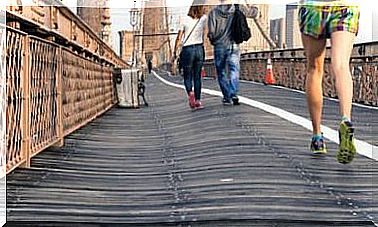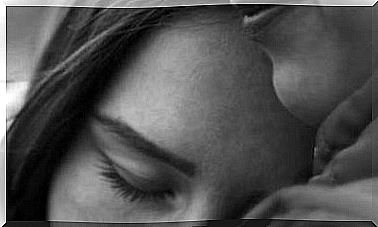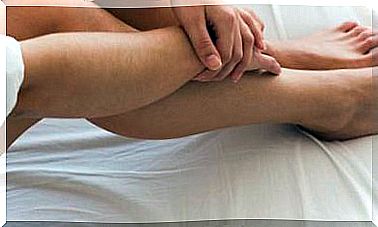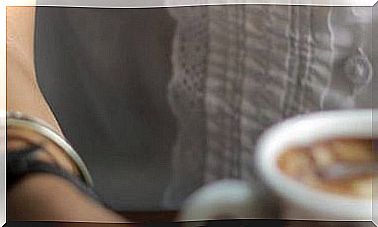Free Schools: How Do You Manage To Accompany Children Towards Happiness?
A place where rhythms, concerns and particular needs are respected. So are free schools.
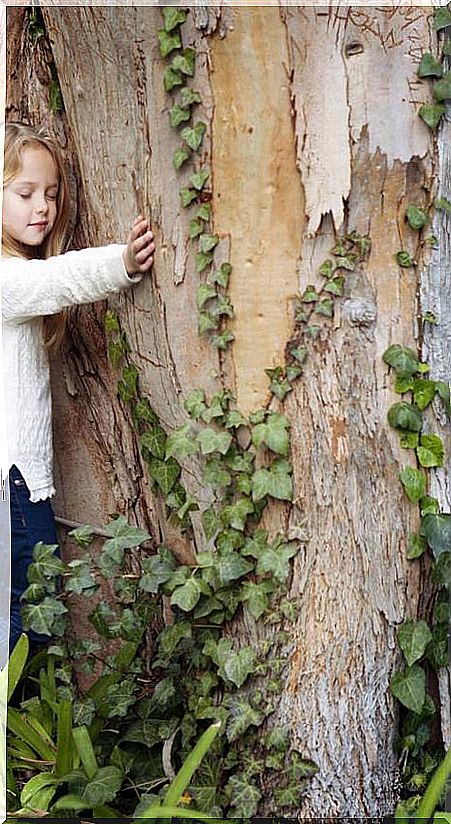
This is the story of a journey in search of the essential characteristics of schools that can transform the world.
“All older people were children at first, although few of them remember it,” wrote Antoine de Saint-Exupéry. But memory does not fade, it only becomes silenced. We can remember again.
The experience of being mothers and fathers is one of those vital situations capable of waking us up and giving us other coordinates. Because when we look at our sons and daughters we see ourselves, we remember ourselves.
And from that memory soaked in emotions we begin to imagine, for that girl or that boy who looks back at us, something different from what we lived in our childhood.
A freer and more natural upbringing
This is how, in our case, it all began: the search for an upbringing that would restore our sensitivity, the closeness to that creature with an unwavering will and thirsty curiosity that had just been born. The concern to feed his desire to discover and ask himself new questions every day.
The conviction that, when it came to her education, it was not about pulling our daughter but walking by her side. For this reason, among other things, we wanted to dream again.
When our daughter turned two, we dreamed of taking a trip. A trip together, the three of us, by bicycle. A trip that gave us the opportunity to meet people who were also looking for answers and making their own way to find a more humane way of educating, of accompanying in free schools.
A trip that would take us to know impossible schools but that really existed, and in which the girls and boys told us what was really important to them. That which will help them to be happier, freer.
Because, even though we’ve been determined to ignore it for a long time, happiness and freedom have a lot, a lot to do with learning. And so, getting on the bikes, we embarked on an adventure that has become the most enriching and transforming experience of our lives.
Learning happiness
From the beginning, happiness and freedom were also – as happens in learning – the engines that drove us for eight months to pedal through five countries (Holland, Germany, England, the United States and Spain) and about thirty schools: waldkindergartens or schools in the forest, democratic schools, active schools (public and private) …
Schools where play, motivation, care for emotions and responsibility were the foundations of an education centered on each person; an education in which the emphasis would be on respecting the rhythms, concerns and particular needs of each one compared to the one size fits all that the educational system so often imposes on students and teachers.
In addition to many kilos of film material, we carried tons of questions in our backpack … Are exams and evaluations the best way to stimulate the desire to learn? What antidotes do we have to the endemic boredom suffered by students in class?
How to make girls and boys feel part of their education instead of just being repeating parrots who are rewarded with a good grade treat?
The human being is, above all, a social and curious being who learns, like all mammals, through play and observation.
How then can we conceive of a school in which there is no time to play beyond recess, where students are expected to learn without being able to manipulate, explore and discover for themselves, but only by regurgitating ready-made data and explanations?
We asked ourselves, can girls and boys learn on their own initiative, through their innate curiosity and willpower, and without being subjected to a program, a few lessons and an iron adult guardianship? It’s possible? And if so, how?
Our starting place was trust and the desire to share with others everything we discovered.
We were confident that we could shake off our fears and bring this experience to fruition, and it did.
We trusted that we would find people who would help us along the way, offering us their house or opening the doors of their schools, and we did.
We trusted that what we were doing was not only ours, but that it was an illusion and a need that other families and educators also felt.
And so it has been: more than 700 people have already given us their support to co-finance the independent documentary that we are producing, Running through the waves. In that documentary, as we have been doing on our website (estonoesunaescuela.org) since the beginning of this trip, we want to capture all that has broadened our views and our way of understanding education and childhood.
Free schools: how do they work?
Show how, for example, when boys and girls spend each day in a school in the forest, they become more collaborative, trust themselves more, and do not need toys other than leaves, stones, and mud.
How boys and girls, when trusted enough to leave a potentially dangerous tool like an electric saw or radial saw in their hands, demonstrate their ability to be autonomous and develop their initiative.
That there are schools where there are no desks and where children are not required to be seated, because it is understood that we learn with all our senses and that freedom of movement facilitates concentration, memory and creativity.
Or how students who are given the opportunity to participate in the educational community, making decisions on an equal footing with adults, take responsibility for the smooth running of the school and feel truly part of it.
We went on a trip chasing the dream of a different school than the one we had known, and wanting to contribute something positive to a change in education. We did not imagine that with each pedal stroke we were going to be the ones who would change.
Because recovering the value of play and curiosity, affection, imagination, enthusiasm, calm and conversation, belonging, initiative and the ability to decide about our lives have the ability to change education. but also, above all, of transforming ourselves and restoring the confidence that we can also change what surrounds us.
In the words of the pedagogue Francesco Tonucci:
“That child so far from us and so in need of our help and affection, difficult to listen to and to learn, has in himself a revolutionary force: if we are willing to step up to him and give him the floor, he will be able to help us to understand the world and it will give us the strength to change it ”.
5 strengths of this type of school
When asked which school I would take my daughter to, I find it difficult to answer. But there are some essential aspects to take into account so that our children feel welcomed and can display their creativity.
1. Facilities
Outside, it is highly recommended that the patio be “soft”, that is, that it has vegetation, a sandbox, a fountain, or even an orchard.
Inside, it would be ideal if the classrooms were always open, that there was natural light, that the furniture and toys were made with natural materials (wood, wicker, cotton, wool …).
That the decoration was as similar as possible to a cozy room, with rugs, spaces for different activities, and without desks or teacher’s table.
Soft music can facilitate concentration and creativity.
2. Teaching staff
Ideally, teachers have training in active pedagogies, the Montessori method, psychomotor skills based on the Aucouturier method, emotional education, non-violent communication or creative education.
The figure of the teacher is increasingly considered as a companion or facilitator who does not direct children’s learning, but through their support, inspiration, and affective availability, allows each girl or boy to display their curiosity and your initiative.
3. Activities
It is desirable to have a “relaxed” arrival in which some flexibility is allowed instead of strict punctuality.
The organization of the day should take into account the initiative, rhythms and particular interests of each child. This can be done through project learning ; “free movement” activities in which each child can move freely and choose the space in which they want to work; through workshops that encompass different areas of knowledge (a workshop on the pyramids of Egypt, or on the effects of light).
The mixture of ages stimulates learning, while the realization of the classic “cards” does not provide any benefit and involves repetitive and passive learning.
Outings to the countryside, to natural spaces, or to getting to know the neighborhood and everything that surrounds the school are also positive.
4. Participation
All students should be able to participate in decisions that affect them through regular assemblies. As for families, they should be able to enter the classroom to accompany their children, at least at the time of entry and exit. It would be ideal if they also had spaces dedicated to training (workshops) and also to be able to meet with other mothers and fathers during school hours.
5. Emotional aspects
It is essential to find out if the school regularly resorts to punishments (including “sad faces”) or rewards, how conflicts are managed and if teachers provide emotional support.
Ultimately, it is about the school trusting the students’ learning abilities, including them and their families as a learning community, accompanying them emotionally through empathy, warmth, the absence of judgments and punishments, support and listening.
